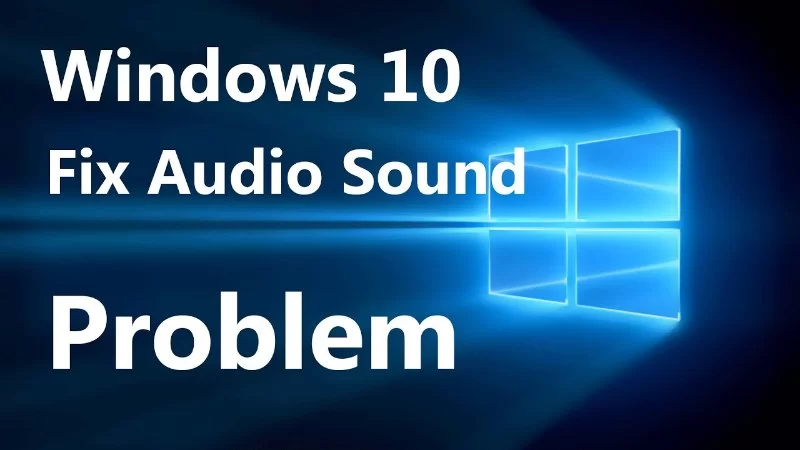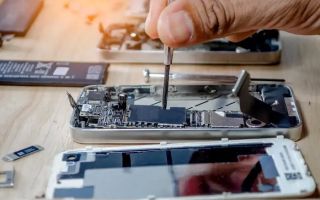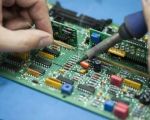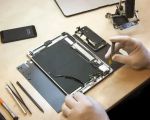- check-the-basic-sound-settings-first
- update-or-reinstall-your-sound-driver
- verify-playback-device-and-default-settings
- troubleshoot-hardware-and-external-connections
- try-windows-troubleshooter-and-system-tools
- real-case-study-how-one-user-fixed-windows-no-sound
- still-no-sound-heres-where-to-get-help
1. Check the Basic Sound Settings First
If you're wondering how to fix no sound on your Windows computer, the first step is also the simplest—check the volume and mute settings. Click on the speaker icon in your taskbar. Is the volume slider at zero? Is the icon muted? These settings might sound obvious, but they’re often the root cause.

Action Computers Inc. -- Denver Location
2890 S Colorado Blvd F, Denver, CO 80222, USA
1.1 Check for Output Selection
Sometimes Windows routes sound to the wrong device—especially after connecting headphones or external monitors. Click on the volume icon > "Select playback device" and make sure the correct speaker or headset is selected.
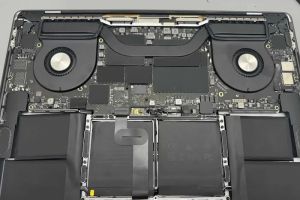
Fix It Computer Repair
2638 Geranium Ln, Fort Collins, CO 80525, USA
1.2 Restart Your System
Yes, the age-old trick still works. Restarting resets drivers and background processes that may be interfering with sound output.
2. Update or Reinstall Your Sound Driver
2.1 Device Manager Basics
Open Device Manager > Sound, video and game controllers. Right-click on your sound device (e.g., Realtek Audio), then select “Update driver.” Choose the automatic option first.
2.2 When to Reinstall
If updates don’t fix the problem, try uninstalling the driver and restarting your PC. Windows will attempt to reinstall the correct driver on reboot.
2.3 Consider Manufacturer Downloads
Visit your PC manufacturer’s support page and manually download the latest audio driver for your specific model. This is especially useful if Windows installs a generic or incompatible version.
3. Verify Playback Device and Default Settings
3.1 Accessing Sound Settings
Right-click on the speaker icon > “Sounds” > “Playback” tab. Ensure that the desired audio device is listed and marked as default. If not, select it and click “Set Default.”
3.2 Disable Unused Devices
Sometimes hidden or inactive devices interfere with output. Right-click in the playback tab and enable “Show Disabled Devices,” then disable anything that shouldn't be active.
4. Troubleshoot Hardware and External Connections
4.1 Check for Loose or Damaged Cables
If you're using wired speakers or headphones, inspect the cables and ports. Try a different cable or port if available. Make sure audio jacks are fully inserted.
4.2 Test Alternate Output
Try using a different pair of headphones or external speakers. If they work, your original output device may be faulty.
5. Try Windows Troubleshooter and System Tools
5.1 Using the Audio Troubleshooter
Navigate to Settings > System > Sound > Troubleshoot. Windows will scan and suggest fixes for your sound problem. It's not always accurate, but it’s a good starting point.
5.2 System Restore or Updates
If your sound stopped working after a system update or software install, try a System Restore point from when audio was functional. Alternatively, uninstall the recent update to test for changes.
6. Real Case Study: How One User Fixed Windows No Sound
Michael, a graphic designer from Denver, noticed his PC lost all sound after installing new video-editing software. After checking basic settings and reinstalling drivers with no success, he ran the Windows troubleshooter. It flagged a registry error caused by conflicting codecs. A quick visit to Computer Repair helped him clean out the registry and restore full audio functionality.
His advice? “Don’t panic. Try the steps systematically—and if all else fails, get professional help. It saved me days of frustration.”
7. Still No Sound? Here’s Where to Get Help
7.1 Local and Professional Support
Sound problems can stem from deeper system conflicts or failing hardware. If the above steps don’t work, it’s time to reach out to professionals. Computer Repair offers personalized diagnostics, hardware checks, and same-day fixes—especially useful when work or school deadlines are on the line.
7.2 Don’t Wait—Act Before It Escalates
Whether it’s a minor glitch or a failing audio card, acting quickly can prevent further frustration. Let trusted experts guide your repair process and get your Windows computer sounding right again.

